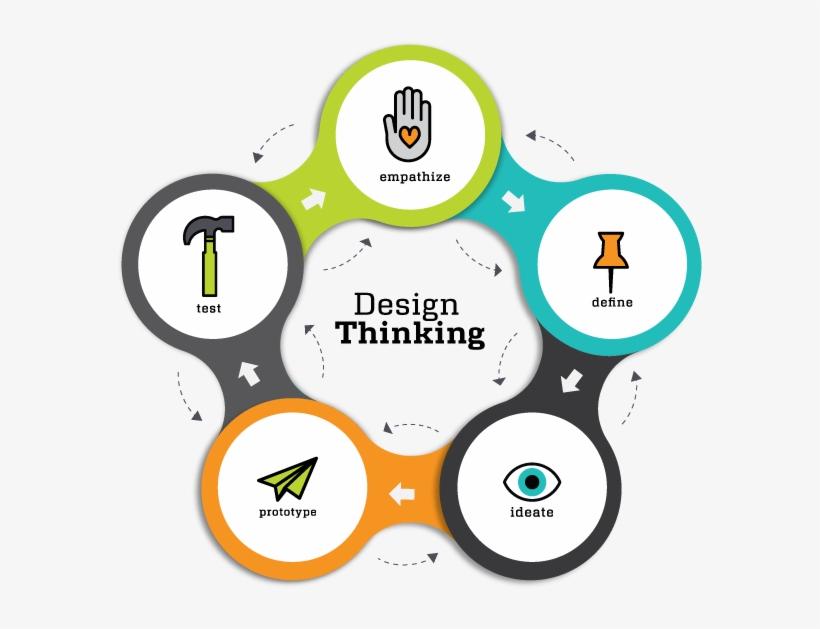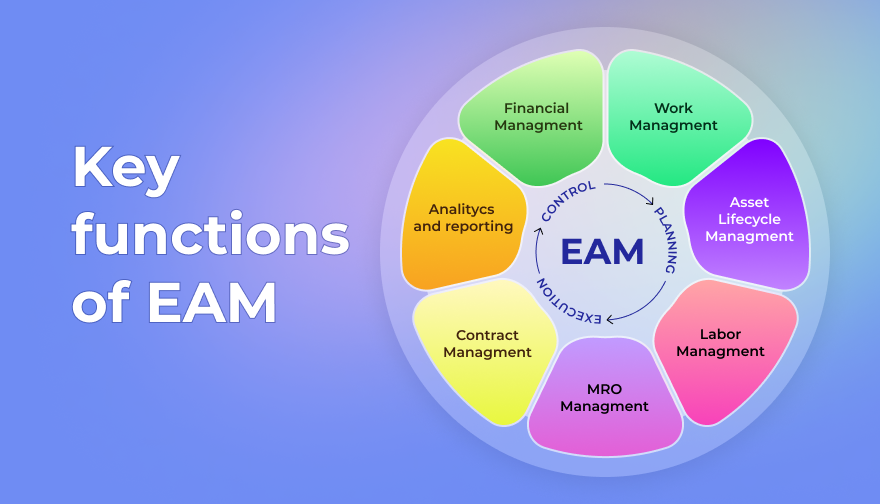
Design Thinking
Design thinking is a problem-solving paradigm that has grown in popularity in recent years due to its emphasis on human-centered innovation. It is a technique that pushes enterprises to focus on the people they are creating for, resulting in improved products, services, and procedures. Design thinking is not limited to designers; it can be utilized in any business or profession. The media industry is continually evolving, and content providers are under pressure to create high-quality content that resonates with their target audience. Design thinking can assist media companies in developing content that is more relevant, interesting, and effective. Here are some ways in which design thinking can be used in the media industry:
Understanding the Audience
The first step in design thinking is to empathize with your audience. This entails developing a thorough awareness of their requirements, desires, and pain spots. In the media industry, this translates to understanding the target audience's tastes and behaviors. Content makers can employ tactics like user interviews, surveys, and social media analytics to gain a better understanding of their audience. This insight can then be applied to generate more relevant and powerful content.
Defining the problem
The Define step of design thinking entails identifying the precise challenges that must be addressed. In the media sector, this entails establishing the content's aims and objectives. A journalistic organization, for example, may seek to create content that informs and educates its audience, whereas an entertainment company may want to produce material that entertains and engages its audience. By defining the issue, content creators may guarantee that their efforts are targeted and aligned with the audience's demands.
Generating ideas
The Ideate phase of design thinking encourages content creators to think creatively and generate a wide range of ideas for their content. This can be done through brainstorming sessions, mind mapping, and other ideation techniques. By generating a large number of ideas, content creators can explore different approaches and find innovative solutions to the problem they are trying to solve.
Design Thinking and the World of Media
Understanding the audience
The first step in design thinking is to empathize with the audience. This involves gaining a deep understanding of their needs, wants, and pain points. In the media industry, this means understanding the preferences and behaviors of the target audience. Content creators can use techniques such as user interviews, surveys, and social media analytics to develop a clear picture of their audience. This understanding can then be used to create content that is more relevant and impactful.
Defining the problem
The Define phase of design thinking involves articulating the specific problems that need to be solved. In the media industry, this means defining the goals and objectives of the content. For example, a news organization may want to create content that informs and educates its audience, while an entertainment company may want to create content that entertains and engages its audience. By defining the problem, content creators can ensure that their efforts are focused and aligned with the needs of the audience.
Generating ideas
The Ideate phase of design thinking encourages content creators to think creatively and generate a wide range of ideas for their content. This can be done through brainstorming sessions, mind mapping, and other ideation techniques. By generating a large number of ideas, content creators can explore different approaches and find innovative solutions to the problem they are trying to solve.
Prototyping
In the Prototype phase, content creators develop early-stage versions of their content to test and gather feedback. This iterative approach allows for rapid refinement and improvement based on real user input. In the media industry, this can involve creating rough drafts of articles, videos, or other content to test with a small group of users. This feedback can then be used to make informed decisions about refining and finalizing the content.
Testing and feedback
The Test phase involves evaluating the effectiveness of the content through user testing and feedback. Content creators can use this feedback to make informed decisions about refining and finalizing their content. In the media industry, this can involve testing different headlines, images, or other elements of the content to see what resonates best with the audience.
Design thinking can be applied in various areas of the media industry, such as journalism, advertising, and entertainment. For example, a news organization can use design thinking to create content that is more informative and engaging for its audience. By understanding the needs and preferences of the audience, the news organization can create content that is more relevant and impactful. Similarly, an advertising agency can use design thinking to create campaigns that are more effective in reaching and engaging the target audience. By defining the problem and generating a wide range of ideas, the agency can find innovative solutions that resonate with the audience. Thus, design thinking can help media companies create more engaging and impactful content. However, Design thinking is not a one-size-fits-all solution, but rather a mindset and approach to problem-solving that can be adapted to any industry or role. By embracing design thinking, media companies can stay ahead of the curve and create content that resonates with their audience.
